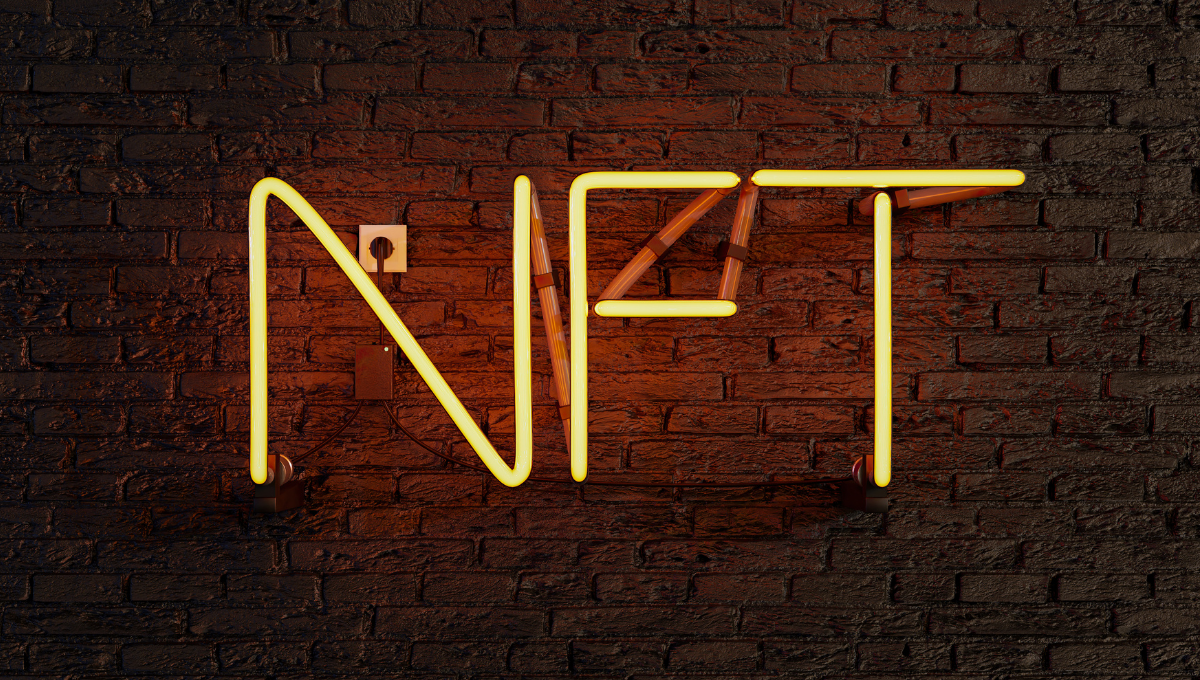Wondering what the Polygon NFT is and how the Polygon Bridge can be used? Read on!
Introduction
The onset of blockchain technology has ushered in many investment options yielding great returns. Providing a platform for creators and developers to thrive, the applications of blockchain are insurmountable. Crypto assets and NFTs (Non-Fungible Tokens) are use cases of blockchain technology that function in a decentralised environment. Decentralisation helps lower costs and increase transparency, contributing to the rising popularity of crypto assets and NFTs.
NFTs are non-fungible tokens that derive their value based on how rare and unique they are. Most NFTs are attached to a smart contract created on the blockchain. The platforms that facilitate the buying and selling of NFTs are most often created on the Ethereum blockchain and can be traded using any kind of crypto asset through linked crypto-wallets. To tackle the high fees needed to mint the NFTs, new NFT platforms like Polygon have now entered the fray.
What is Polygon’s NFT network: an overview?
Polygon, previously called Matic Network, is a layer 2 blockchain that exists on top of the layer 1 blockchain – Ethereum. This enables the minting of NFTs to take place outside the Ethereum network, avoiding the high gas fees.
The layer-1 blockchains often face the problem of over congestion of transactions in the network. Unable to handle too many transactions, the speed of processing each transaction reduces, and the fees charged to facilitate a faster transaction become extremely high. Layer-2 blockchains solve the issue of scalability, tackling more transactions at lesser prices as well as reducing the burden on the layer-1 blockchains.
As a layer-2 blockchain, Polygon provides faster transactions at lesser speeds. The next challenge was the need for sharing tokens between different networks, which led to the creation of bridges for asset transfers. The Polygon Bridge enabled the interoperability between the Polygon and Ethereum Blockchain.
What is the Polygon Bridge?
The unique features of Polygon also extend to Polygon Bridge which allows users to swiftly convert their other crypto assets to Ethereum. By doing so, users get access to a wide range of decentralised apps that can only be accessed through Ethereum.
Polygon Bridge is a cross-chain bridge between Polygon and Ethereum in order to enable transactions between the networks. Users can transfer ERC tokens and NFTs to the two-way bridge using smart contracts.
Using the dual consensus architecture that uses Plasma bridge and Proof-of-stake bridge, a trustless channel (the core of decentralisation) is created.
How can the Polygon Bridge be used?
A token’s supply in circulation does not change when it passes through the Polygon Bridge. Tokens leaving the Ethereum network are locked and minted as Polygon tokens in a 1:1 ratio. Once the tokens move back into the Ethereum network, they are unlocked, and the Polygon tokens are burned.
How to use the PoS Bridge
Here are the ways:
- Connect your crypto wallet like Matamask on the Polygon Web Wallet and authorise it with your sign
- This will lead you to the Polygon Bridge interface, where you can choose to deposit a token of your choice. The PoS Bridge supports MATIC, ETH, ERC20, ERC721, ERC1155 and other tokens.
- The important notes will cover the tentative time it will take to process the transaction and the gas fee.
- To transfer the tokens back, you can click on withdraw and follow the same process. You will receive the tokens back after a certain amount of time, as mentioned in the notes.
- Once the transaction is validated, you can claim the tokens to your crypto-wallet.
How to use the Plasma Bridge
If you choose to buy MATIC and wish to transfer it to ETH, ERC20, or ERC721 tokens, you can also use the Plasma Bridge. Furthermore:
- Once your Metamask wallet is connected to the Polygon wallet, click on ‘Switch to Polygon’
- Your Metamask extension’s popup will show the Polygon network’s details. Once approved, you can switch from Ethereum’s Mainnet to the Polygon Network. You will also see your MATIC tokens.
- Now, you can go back to Polygon Bridge and click on withdraw. Follow the same steps as before.
- On the Plasma bridge, there are 3 transactions that need to be validated. The first is to withdraw from the Polygon Wallet. The second is to start a challenge period of 7 days, during which anyone can challenge the transaction on Matic. This challenge period is meant to provide additional security. Once that is complete, you can finally send the MATIC to the Metamask wallet.
While PoS Bridge is a much faster way of processing transactions, the Plasma Bridge offers premium security. Why should users opt for this conversion method to mint NFTs on the Polygon Network?
3 reasons why you should mint NFTs on the Polygon Network
One of the biggest challenges faced on the NFT platforms is the high gas fees needed to mint the NFTs. The predominant token for minting NFTs is Ethereum tokens. The Polygon NFT platforms target this and enter the market at a time when most popular platforms are extremely cluttered with all sorts of NFTs. Here are 3 reasons you should mind NFT from the Polygon Network.
- Lower Gas Fee when compared to Ethereum.
- Transactions are finalised faster on the Polygon Blockchain
- NFT Projects built on Polygon Matic Network are swiftly gaining popularity and seeing a rapid increase in volume as well.
Parting Thoughts
As a layer-2 blockchain, whether Polygon will be able to maintain the benefits it offers is something to pay attention to. Polygon has been extremely active with its widespread projects in the crypto ecosystem. Stay tuned to ZebPay to learn more about the latest updates around the Polygon Network and the crypto world!

